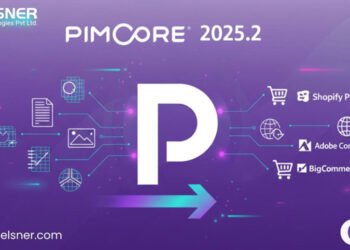Every business dreams of attracting customers not just to click on ads, but actually to make a purchase. However, between their initial encounter with the brand and the final decision to make a purchase, there’s a long journey. This journey is called the sales funnel.
The goal of advertising in this case is to adapt as closely as possible to each stage and generate audience interest so that people take the desired action. It’s worth noting that Pay-Per-Click (PPC) services play a crucial role at this level, as they allow for targeted influence on potential buyer behavior.
Among the international agencies, the Netpeak Agency is worth noting. This company is well-versed in creating effective advertising campaigns and has extensive experience in the field. They utilize various markets and segments, creating a customized strategy for each product. Their approach to PPC is distinguished by attention to detail, transparency, and sound analytics.
Why the Funnel Is Important for PPC
You must understand that not every ad is immediately effective. Someone might see an ad but not click on it. They might click but not submit an order. Or they might add an item to their cart and leave.
Because of these characteristics, it’s safe to say that the funnel isn’t a theory, but a tool that helps guide users step by step. PPC is ideal for this, as it allows you to display different messages at each stage — first, attention; then, interest; then, decision; and finally, action.
If advertising works the same for everyone, it often wastes your budget. However, if you segment your audience by stages and choose different, engaging formats, your campaign can take on a new dimension and deliver concrete results.
Advertising Setup Stages
For PPC to truly work, it’s crucial to develop a strategy across the entire funnel. This requires understanding user psychology and what users need at this moment. At each level, advertising should answer different questions and address other needs.
What is a good strategy, and what does it consist of? Many business owners don’t understand this, which is perfectly normal, as it requires specific knowledge and experience in promotion. However, its key aspects are as follows:
- clearly defining the target audience;
- different formats for each stage;
- personalization of ads and texts;
- constant keyword optimization;
- use of remarketing and lookalikes;
- transparent analytics and budget control.
If you take all these factors into account, the funnel becomes a working mechanism. People move through it naturally: they see an ad, become interested, examine the offer, trust, and buy.
How PPC Works at Different Stages
Getting attention is a task that needs to be accomplished at the initial stage. In this case, something bright, eye-catching, but not overwhelming, works well. These can include banners, concise videos, and text.
During the consideration stage, advertising should inform potential consumers of the benefits they can receive. Here, you need to use specific figures, results, and facts to support your argument. It’s essential to focus on the benefits the consumer will receive, rather than on the company’s greatness. After all, people are interested in what they’ll get.
When a person is close to making a purchase, the goal of advertising is to nudge them toward a decision. Promotions, discounts, and limited-time offers are excellent options. Then comes the post-purchase stage. This is where remarketing, additional offers, care, and support come into play.
Conclusion
A PPC sales funnel isn’t just a dry theory, but a practical one. It effectively helps businesses earn more. If advertising is successful, the customer’s journey from the first click to the purchase is smooth and effortless. At each stage, it’s essential to understand their mood and send the proper signal.
Companies like Netpeak know how to build such strategies so that advertising doesn’t waste money and actually generates sales.












